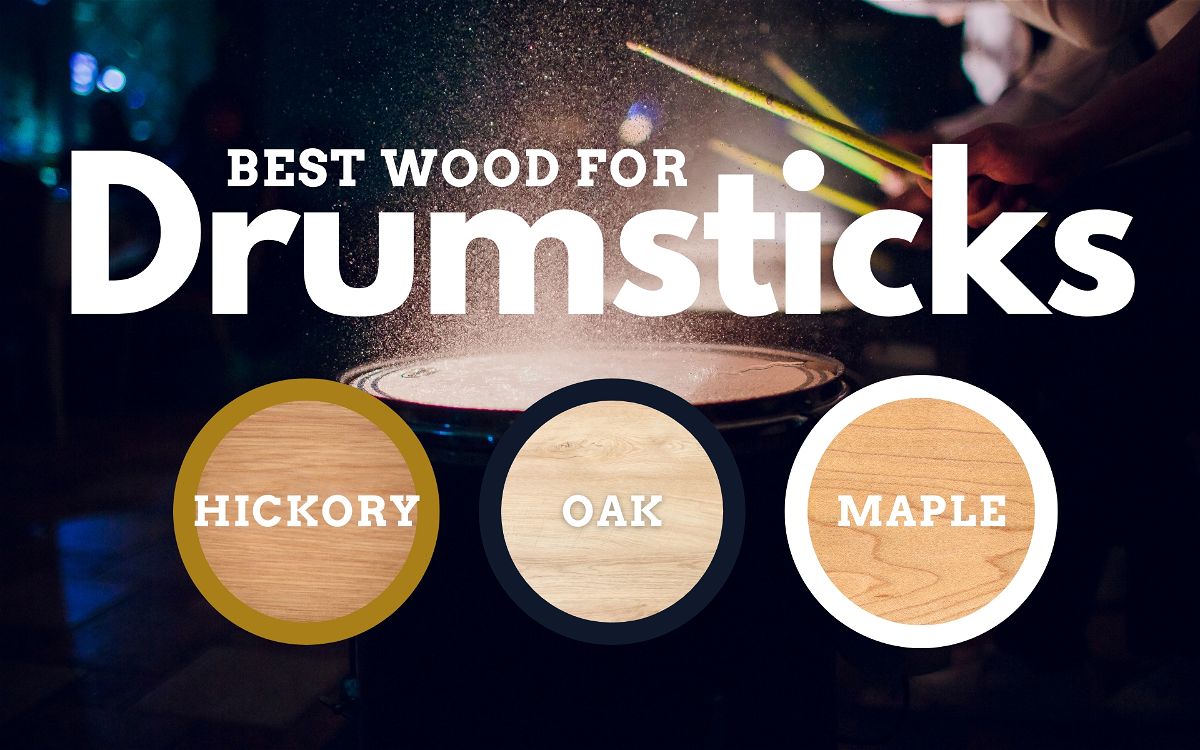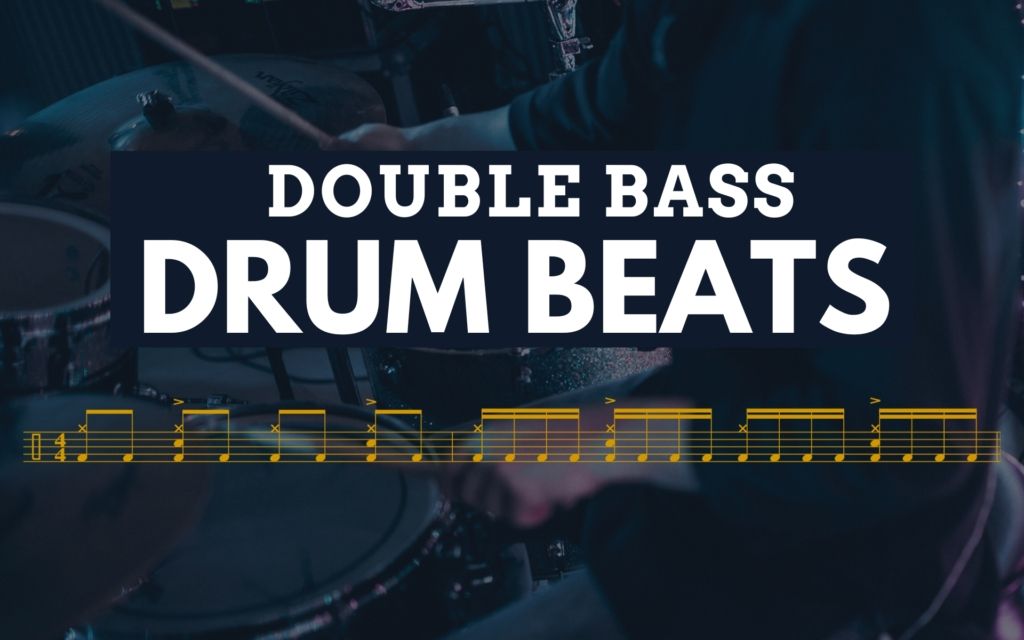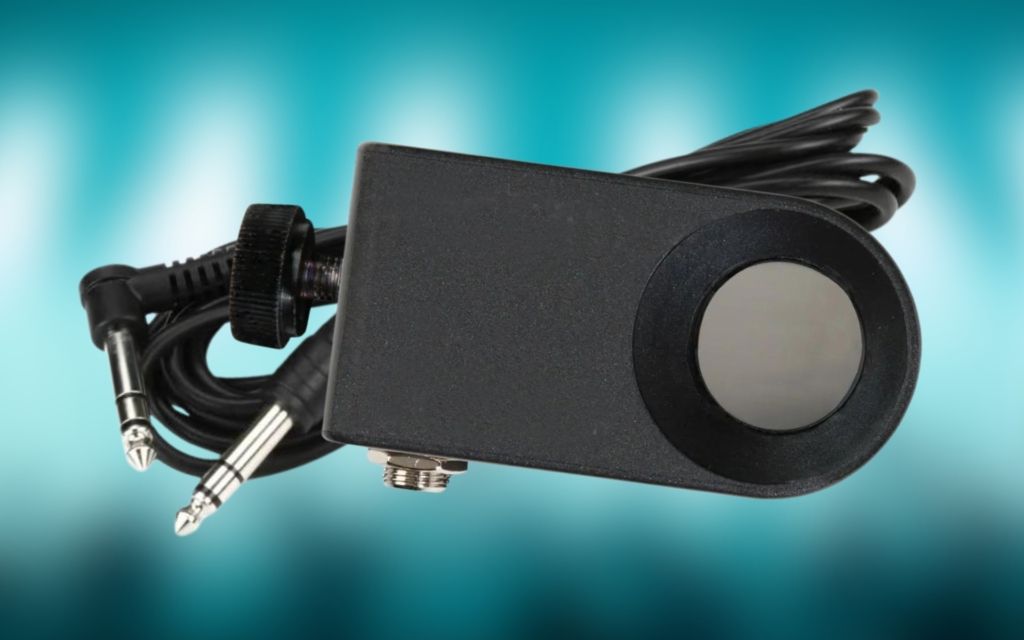Drum sticks are such a vital tool for drummers. They’re arguably more important than any other piece of drumming gear, and they can be highly personalized for different players.
I’ve been playing drums for a very long time, and it took me ages to find the drumsticks that felt the most natural in my hands. It all has to do with length, weight, shape, and material type.
In this guide, I’ll be focusing on various drum stick materials and how they affect the performance of different drum stick pairs. I’ll mainly focus on maple, hickory, and oak, but I’ll mention a few more niche options as well.
Contents
Popular Wood Types for Drumsticks
When looking at sticks in music stores, you’ll mostly see hickory, maple, and oak options. These are the most popular kinds of woods used for drumsticks, as they provide the most comfortable fit for drummers who use them.
They each have distinct differences compared to each other, so your choice of drumsticks should depend on which qualities you prefer.
Hickory
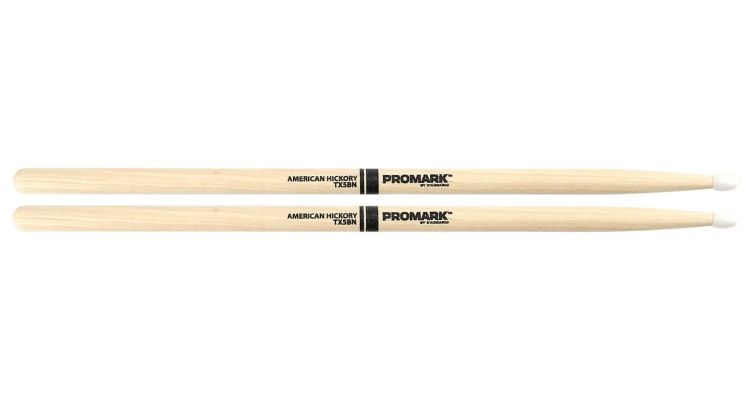
Hickory is by far the most common material used to create drumsticks. Every drumstick brand has a whole host of hickory drumsticks that come in all shapes and sizes.
Hickory is a relatively hard wood, but it’s not as dense as many others. The reason it’s so popular is that it offers a medium feel when used for sticks.
From my experience, I’ve found that hickory sticks are far more comfortable for most drummers to use, and that’s why they’re pushed as the top options by every brand.
They’re not too light, but they don’t feel heavy either. They give you the perfect middle ground between oak and maple drumsticks.
Maple
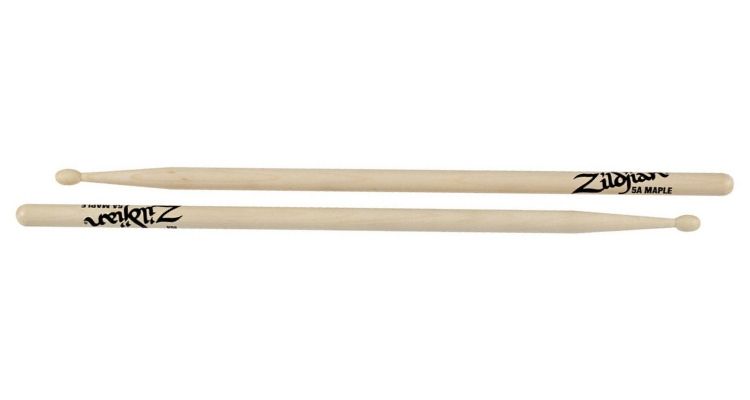
Maple is a much lighter wood, meaning that maple drumsticks feel quite light when you use them. You can have a pair of maple 5As and hickory 5As with the exact same design and dimensions, and the maple sticks will feel more nimble and lightweight.
The best thing about maple drumsticks is that they offer better control. I’ve always felt as though I can play much quicker patterns when using them.
However, they tend to break easier than most other drumsticks. With a lower density, they aren’t as durable.
So, I’d only recommend these to drummers with a lighter touch. They’re fantastic for jazz and other low-volume styles of music.
Oak
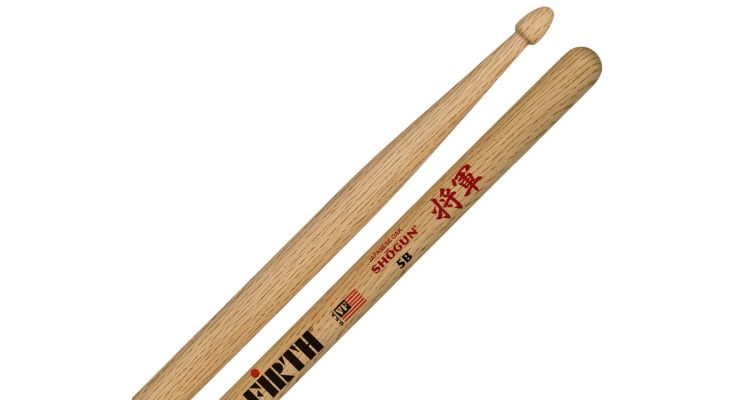
Oak is one of the heaviest materials that gets used to make drumsticks. Oak sticks are quite dense, making them feel very full in your hands.
They’re far heavier than maple sticks, and they’re slightly heavier than common hickory sticks.
I’ve often opted for oak drumsticks when I’ve played gigs with a few rock and metal bands. With a thicker density, the sticks offer more power than what you get from hickory or maple options.
They also tend to be more durable, lasting longer for drummers who like to hit the drums hard.
With that said, I’ve found that many drummers don’t enjoy the thick and full feeling that oak drumsticks have. If you’re not a heavy hitter, you’ll likely prefer the other options.
Other Materials for Drumsticks
Here are a few other drumstick materials that you’ll find. They don’t offer qualities that are as desirable as maple, oak, or birch, but they may have features that you’ll enjoy. So, I recommend checking them out.
Birch
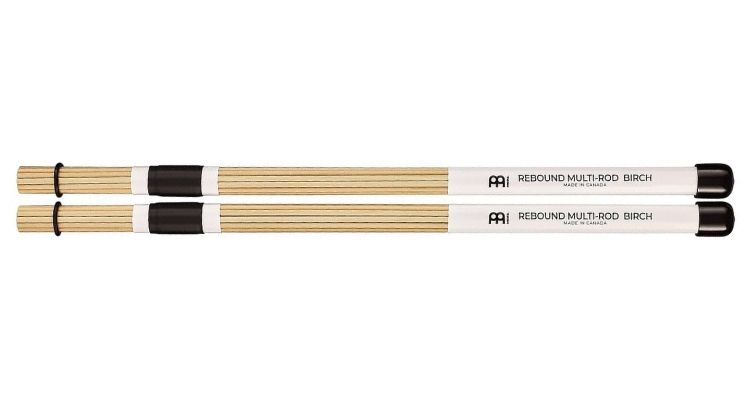
Birch is an even denser wood than oak, so drumsticks made from birch are seriously heavy and powerful.
What I’ve mostly seen when scanning the market is that birch hot rods are prevalent. Those kinds of sticks have thin rods tied together, and the birch wood helps them to remain durable.
When it comes to proper drumsticks, birch options feel very thick and they produce some of the loudest sounds when playing drums.
They’re great if you want some beefy drumsticks, but I’ve never seen too many drummers using these.
Aluminum
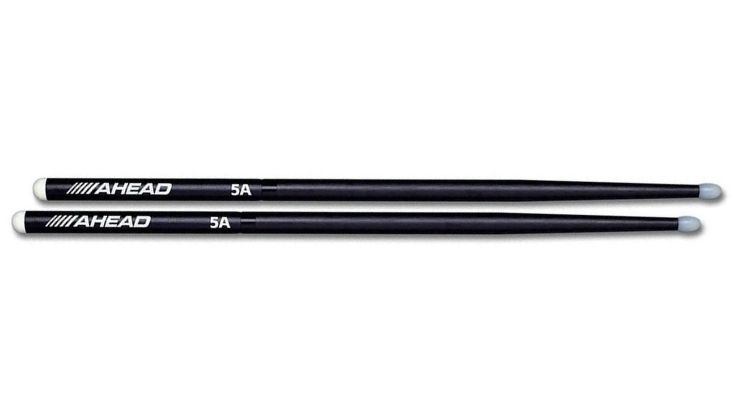
Aluminum is a wild card material to mention, as it’s actually a type of metal. However, brands like Ahead create drumsticks with aluminum cores and have the rest of the sticks made from synthetic plastic.
These sticks feel surprisingly similar to standard hickory sticks, but they’re far more durable due to the aluminum being almost unbreakable. They also often come with replaceable handles.
Personally, I’m not a big fan of these, as I don’t think they match up to the natural feeling you get from wooden drumsticks. However, I’ve seen big names like Tommy Lee and Lars Ulrich mention how much they love them.
What’s the Best Wood to Use for Drumsticks?
It all depends on what your preferences are, but I’d mostly recommend using hickory, maple, or oak drumsticks.
While the other materials offer varying features, they just never seem as versatile or playable as ones made from these main wood types.
If you’re a fan of lighter sticks and want ones that allow for articulate and speedy playing, you’ll likely enjoy using maple sticks.
If you play many different styles of music and need sticks that can do everything, hickory is the way to go. I’ve mostly been using hickory drumsticks throughout my professional career, and they’ve never felt uncomfortable or obtrusive.
If you’re a rock, punk, or metal drummer, oak sticks are an ideal option. They allow you to play the drums harder while using less force than you’d need to with maple or hickory sticks. They’re the go-to option for more intense playing styles.
What’s the Most Durable Drumstick Type?
Oak, birch, and aluminum sticks are the most durable options. They’re more dense than other options, causing them to handle pressure much better.
They’re still likely to break, but they take much longer to break than maple or hickory drumsticks.
I’ve heard of a drummer using oak sticks and having them last almost an entire year, even though he was playing gigs regularly. However, that drummer plays quite lightly, which is why the oak sticks lasted so long.
Which Drumstick Brands Offer the Best Options?
If you want to find the best drumsticks, you need to look at Vic Firth, Vater, Promark, and Meinl Stick & Brush. Meinl is a relatively newer brand in the drumstick world, but I’ve found these four companies to offer the best options.
Zildjian and Ahead are two other brands that offer some great drumsticks.
When thinking of specific wood types, Vic Firth and Vater offer some great hickory drumsticks that come in a host of designs, sizes, and shapes.
Promark also has excellent hickory options, but I’m a huge fan of their oak drumsticks. I’ve found those to be superior to the oak sticks offered by other brands.
Meinl Stick & Brush seems to offer more maple drumsticks than any other brand. You should check those out for lighter picks.
Ahead is the go-to brand for aluminum sticks.
Other Things to Consider
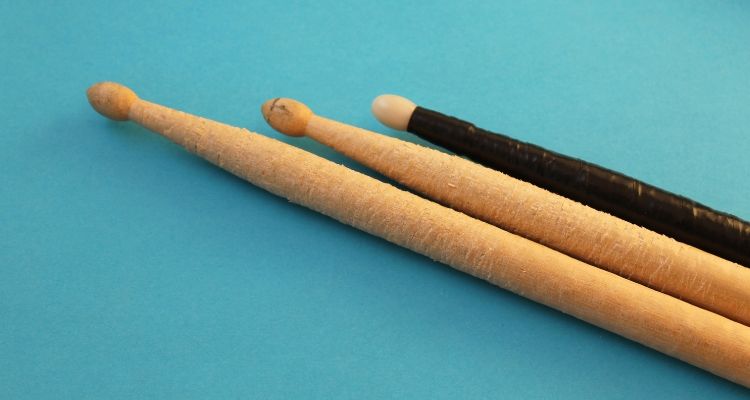
Once you’ve decided which wood type you want to get, you should also consider length, design, and weight. Those factors further affect how a pair of sticks will feel when using them.
Length
A typical pair of drumsticks have a length of 16”. However, some can be slightly longer or shorter, and that will completely change how they feel.
I’ve mostly seen hickory and oak sticks having longer lengths, while it’s quite common to see maple sticks with slightly shorter lengths.
I’ve found the length of a drumstick to help even out your preferences. For example, a longer hickory stick will give you a similar playing response to a shorter oak stick. The oak stick will still be denser and heavier, but the extra length of the hickory stick will give it a slight bit of power.
Design
Two other design features worth noting are the taper and drumstick tips. The taper of a drumstick is the end part before the tip.
Sticks can have thin, medium, or thick tapers. The thicker the taper is, the more power you’ll get from the end of the sticks. They’ll also feel heavier at the tips.
If you want a thicker stick that is great for playing seriously loud on your drum kit, you could get oak sticks with a thick taper.
If you want light sticks for soft jazz, you could get maple sticks with a thin taper. Those are just two relative examples, but you can find dozens of different combinations of wood types and taper designs.
The tips also affect how the sticks feel when they strike the drums and cymbals. You get wooden or nylon tips, but I’ve found that the type of wood the body of the sticks is made from doesn’t really affect this aspect.
Conclusion
It’s hard to single out which wood is the best option for drumsticks. You have to try them all out to see what feels better in your hands.
While I mainly use hickory sticks, I’ve been a big fan of oak and maple options at different points in my career.
I’ve also found it quite useful to keep different pairs of oak and maple sticks in my stick bag so that I can use them at appropriate times.

